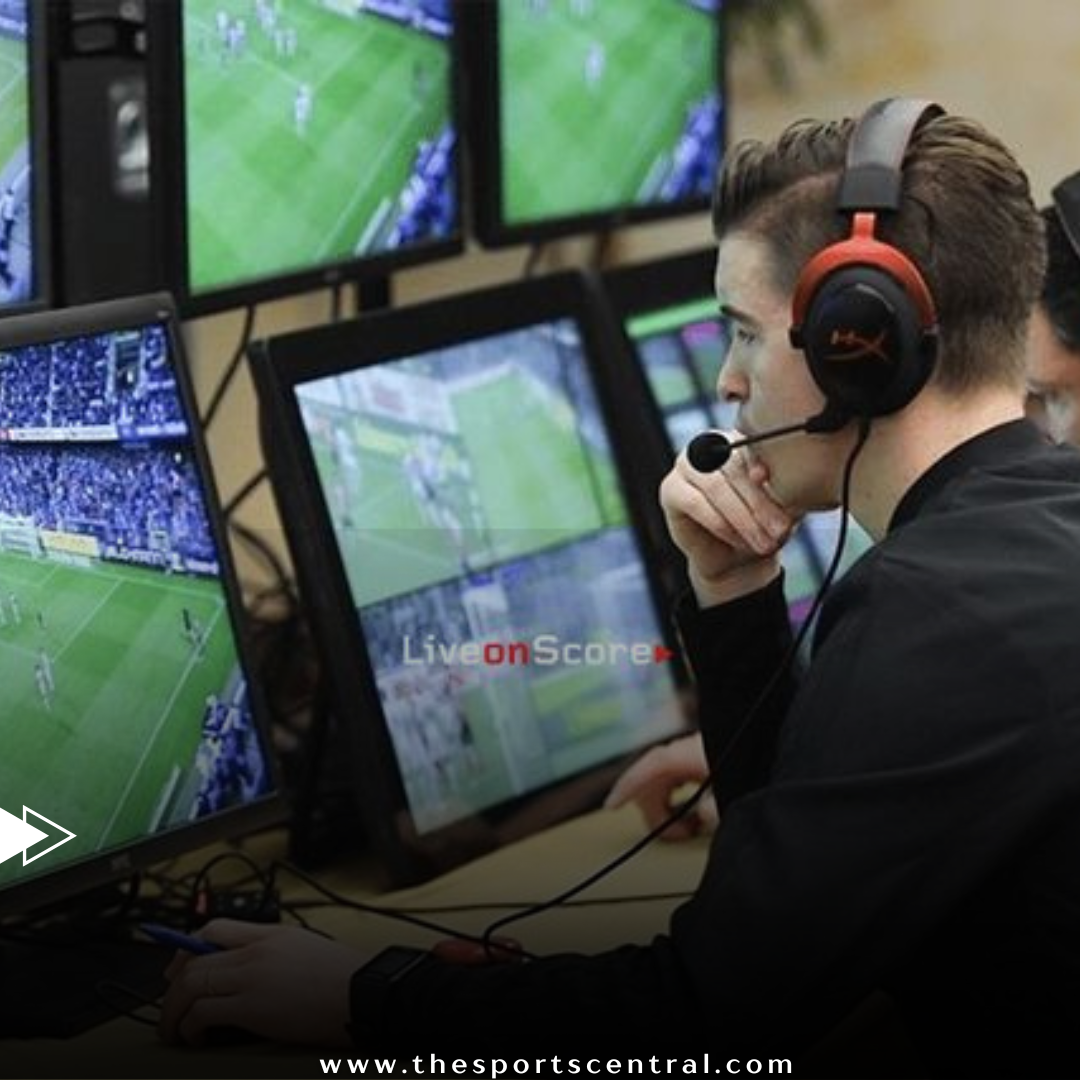Video Assistant Referee (VAR) technology has been one of the most significant and controversial innovations in modern soccer. Introduced to provide more accurate decision-making in crucial game moments, VAR aims to enhance the fairness and integrity of the sport. However, its implementation has sparked extensive debate among players, fans, and pundits. This detailed article explores the origins of VAR, its impact on the game, the controversies it has generated, and its future in soccer.
The Origins and Implementation of VAR
Early Development
The concept of VAR was first proposed in the early 2010s, as soccer’s governing bodies sought to harness technology to aid referees. The goal was to reduce human error in key decisions that could alter the outcome of matches. After extensive trials and evaluations, VAR was officially approved for use by the International Football Association Board (IFAB) in 2016.
Initial Adoption
VAR was first used in a major tournament during the 2016 FIFA Club World Cup. Its success there led to its adoption in other competitions, including the Bundesliga, Serie A, and the English Premier League. By the 2018 FIFA World Cup, VAR was fully integrated, marking its most high-profile use to date.
How VAR Works
VAR operates with a team of officials who monitor the game from a control room equipped with multiple video feeds. These officials review incidents and communicate with the on-field referee through a headset. The on-field referee can then decide to review the footage on a pitch-side monitor or accept the VAR team’s recommendation. VAR is primarily used to assist with four types of decisions:
- Goals and Offsides: Determining the validity of goals and any potential offside offenses.
- Penalties: Assessing whether penalty decisions are correct.
- Red Cards: Reviewing incidents that may warrant a red card.
- Mistaken Identity: Correcting instances where a referee has penalized the wrong player. Impact on the Game Enhanced Accuracy
One of the primary benefits of VAR is the increased accuracy in decision-making. By providing referees with the ability to review crucial moments, VAR helps ensure that more correct decisions are made, reducing the instances of clear errors that can affect the outcome of matches.
Fair Play
VAR promotes fair play by holding players accountable for their actions. Incidents of diving, simulation, and off-the-ball offenses are more likely to be detected and punished, thereby discouraging such behavior and fostering a fairer playing environment.
Psychological Impact
The presence of VAR has a psychological impact on both players and referees. Players may be less inclined to commit fouls or engage in unsportsmanlike conduct, knowing that their actions are being closely monitored. Referees, on the other hand, may feel more confident in making bold decisions, knowing they have the support of video technology.
Fan Experience
For fans, VAR can enhance the viewing experience by providing clarity and transparency in decision-making. However, it can also disrupt the flow of the game, leading to mixed reactions from spectators. The stoppages for VAR reviews can be seen as interruptive, yet the assurance of correct decisions is generally appreciated.
Controversies and Criticisms
Inconsistency
One of the main criticisms of VAR is the perceived inconsistency in its application. Fans and pundits have noted that similar incidents can lead to different outcomes depending on the interpretation of the VAR officials and the on-field referee. This inconsistency undermines the technology’s objective of providing clear and fair decisions.
Subjectivity
While VAR is intended to provide objective assistance, the interpretation of incidents can still be subjective. Decisions on fouls, handballs, and other offenses often depend on the judgment of the officials, leading to debates about the correct interpretation of the rules.
Impact on Game Flow
VAR reviews can lead to significant stoppages in play, disrupting the rhythm of the game. These interruptions can frustrate players and fans alike, leading to calls for improvements in the speed and efficiency of the review process.
Emotional Response
Soccer is an emotional sport, and the delayed reactions caused by VAR can dampen the spontaneous joy of scoring a goal or the immediate disappointment of conceding one. The wait for a VAR decision can lead to anticlimactic moments, impacting the emotional engagement of fans.
Case Studies: VAR in Action
2018 FIFA World Cup
The 2018 FIFA World Cup was a landmark event for VAR, with the technology being used in 29 incidents during the tournament. It played a crucial role in several key decisions, including awarding penalties and confirming goals. The overall positive impact of VAR at the World Cup helped solidify its place in international soccer.
English Premier League
The English Premier League adopted VAR in the 2019-2020 season, and its implementation has been both praised and criticized. There have been numerous instances where VAR has corrected clear errors, but also several controversial decisions that sparked debate among fans, players, and managers. The handling of offside decisions, in particular, has been contentious due to the precision required to determine marginal calls.
UEFA Champions League
VAR has been used in the UEFA Champions League since the 2018-2019 knockout stages. One notable incident was during the Round of 16 match between Paris Saint-Germain and Manchester United, where VAR awarded a last-minute penalty to Manchester United for a handball, leading to their dramatic progression to the quarter-finals. This decision was heavily debated and highlighted the significant impact VAR can have on high-stakes matches.
The Future of VAR
Technological Advancements
The future of VAR will likely involve technological advancements aimed at improving the accuracy and speed of decisions. Innovations such as semi-automated offside detection, enhanced video analysis, and AI-assisted decision-making could further refine the VAR process.
Training and Standardization
Improving the training of VAR officials and standardizing the application of rules across different leagues and competitions is crucial for addressing inconsistencies. Clear guidelines and protocols can help ensure that VAR is used more consistently and effectively.
Enhancing Fan Engagement
Efforts to enhance fan engagement during VAR reviews, such as providing more transparent communication about decisions and using stadium screens to show replays, can help maintain the emotional connection between fans and the game.
Balancing Technology and Tradition
Finding the right balance between technological intervention and the traditional flow of the game will be key to the continued acceptance of VAR. Striking this balance involves minimizing disruptions while maximizing the accuracy and fairness of decisions.
VAR has undeniably changed the face of soccer, bringing both significant benefits and notable challenges. By enhancing the accuracy of decision-making and promoting fair play, VAR aims to uphold the integrity of the sport. However, issues related to inconsistency, subjectivity, and impact on game flow highlight the need for ongoing refinement and adaptation. As technology and understanding evolve, VAR has the potential to become a more seamless and universally accepted part of the beautiful game, ensuring that soccer remains fair and exciting for players and fans alike










